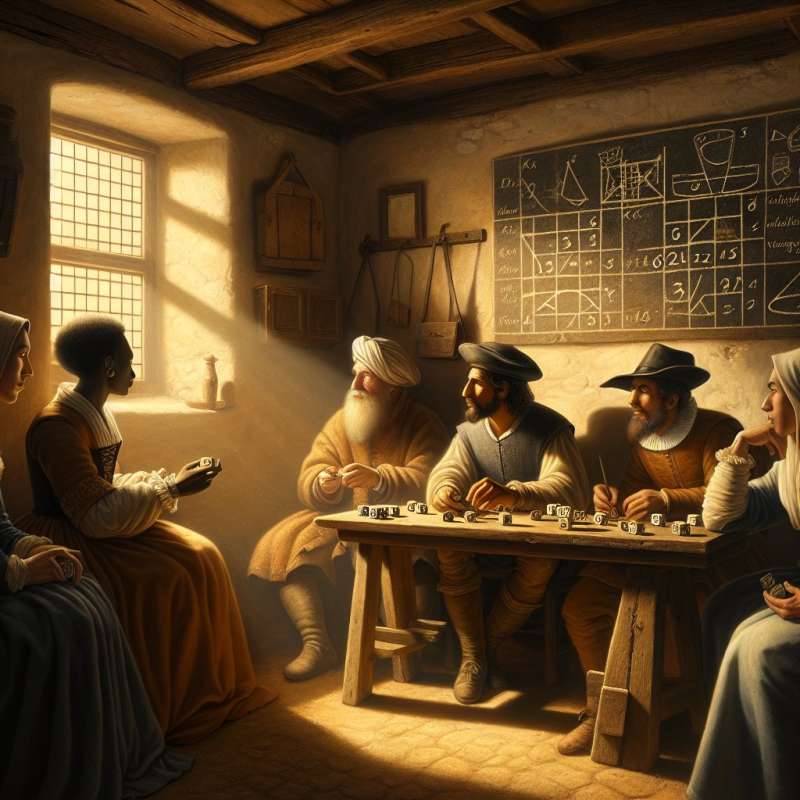
Probability: A Brief Introduction
Probability measures the likelihood of an event to occur. Originating from games of chance, it's now pivotal in finance, science, and statistics. But it's not just about odds; it involves deep mathematical principles.
Ancient Origins and Progress
Did you know that probability theory began with gamblers in the 16th century? It wasn't until the 17th century that Pascal and Fermat formalized it, leading to the modern theory of probability.
Probability vs. Certainty
Probability ranges between 0 and 1, where 0 means impossibility and 1 signifies certainty. Events are termed 'independent' if one's outcome doesn't affect another, a concept crucial for accurate predictions.
Conditional Probability Insights
Conditional probability deals with the likelihood of event A given B has occurred. This principle is foundational to Bayesian statistics, which updates beliefs with new evidence, impacting modern machine learning.
The Law of Large Numbers
This law states that as a sample size grows, its mean gets closer to the average of the whole population. Surprisingly, it's the reason insurance companies can predict risk with high accuracy.
Randomness and Chaos Theory
While probability deals with predictable randomness, chaos theory explores patterns in apparently random complex systems. This interplay is crucial in understanding weather patterns and stock market fluctuations.
Quantum Mechanics: Probabilities
In the quantum realm, particles exist in probability states, not definitive locations. This mind-bending concept challenges our classical understanding of reality and reveals a universe fundamentally grounded in probabilities.
What measures event likelihood?
Mathematical analysis
Quantum mechanics
Probability
Company